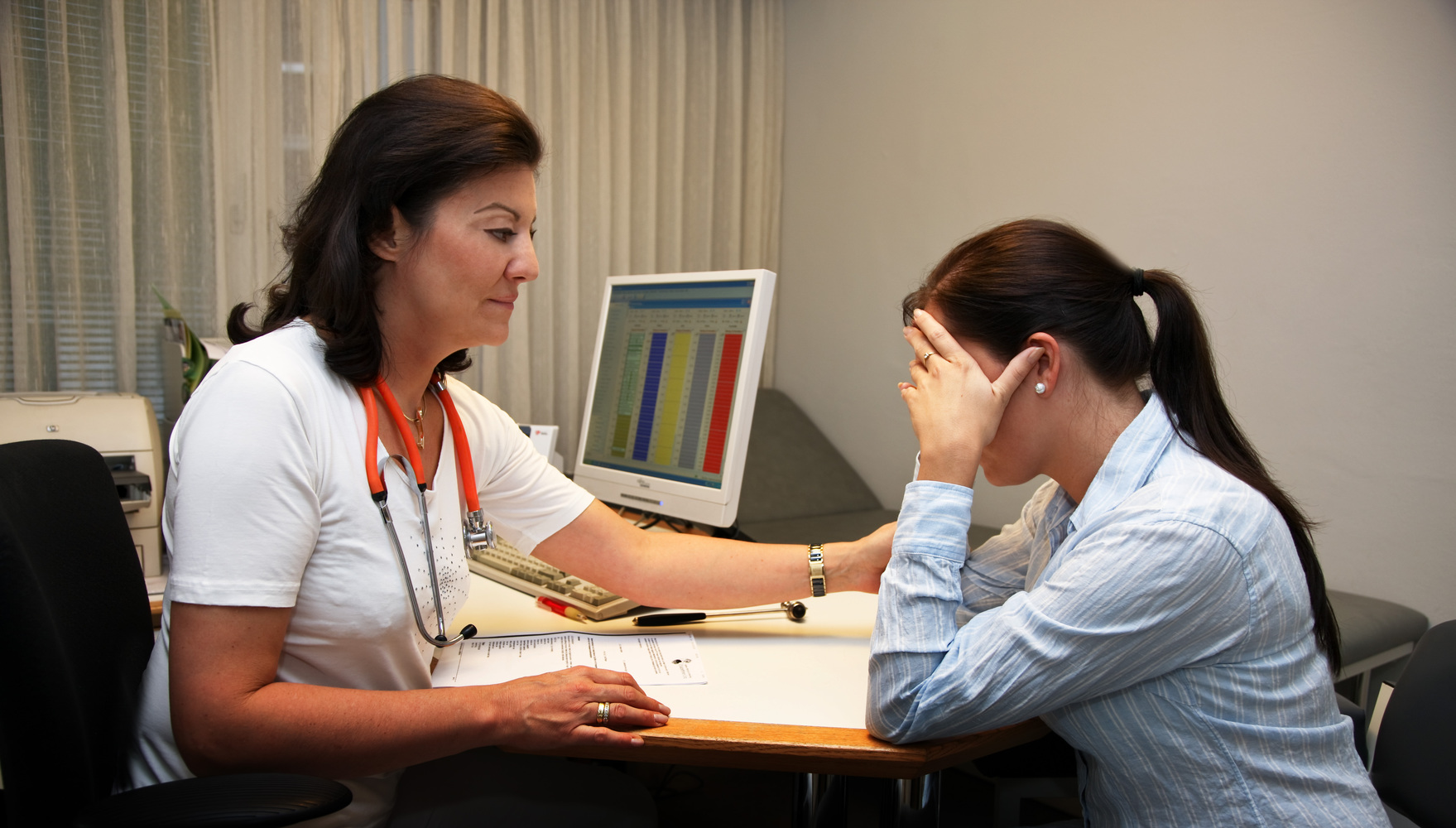
Deciding the Correct Treatments for Breast Cancer
Breast cancer is one of the most common types of cancer found all over the world. It is the second leading cause of cancer death among women, after lung cancer. It starts with a lump in the breast, a change in the breast shape, dimpling of the skin or fluid discharge from the nipple. Sometimes, you might experience a newly-inverted nipple or a red or scaly patch of skin. There are infallible treatments for breast cancer today, and mostly, the patient survives it with very few side effects. Let’s look at the most effective treatments for breast cancer available these days.
Whichever treatment is chosen for curing breast cancer, the main aim is to rid the body of as much cancer as possible and to prevent it from returning.
1. Which treatment to choose?
Before going in for any particular treatment of cancer, a doctor will consider the following:
- The type of breast cancer
- The size of the tumor and how far it has spread in the body (stage of the disease)
- If the tumor has receptors for HER2 protein, estrogen, and progesterone, or other specific features
- Age, menopause, and other health conditions
2. Types of treatments for breast cancer
Some treatments for breast cancer destroy and remove the disease within the breast and nearby tissues such as the lymph nodes while others destroy or control cancer cells all over the body.
3. Surgery
In this form of treatment, the entire breast is removed. It is called a mastectomy. Sometimes, only the tumor and the tissues around it are removed, known as lumpectomy or breast-conserving surgery.
4. Radiation therapy
In this, controlled doses of radiation are targeted at the tumor to destroy the cancer cells. A patient may undergo this after a month of the surgery along with chemotherapy.
5. Chemotherapy
This is one of the most commonly used treatments for breast cancer in which specific medicines are used to kill cancer cells. They are potent enough to fight the disease and often lead to side effects such as hair loss, nausea, early menopause, fatigue, and hot flashes.
6. Hormone therapy
It uses medicines to prevent hormones, especially estrogen, from increasing the growth of breast cancer cells. Medicines such as tamoxifen are used for women before and after menopause, and aromatase inhibitors are used for postmenopausal women.
7. Targeted therapy
Medicines such as lapatinib (Tykerb), pertuzumab (Perjeta), and trastuzumab (Herceptin) are used to prompt the body’s immune system to get rid of cancer. They only target breast cancer cells that have high levels of a protein called HER2.
There are many side effects of the treatments for breast cancer, so before going ahead with any treatment, you should be aware of the possible side effects and outcomes. For instance, chemotherapy and radiation would destroy breast cancer cells, but they can also affect healthy cells and cause some reactions such as vomiting, mouth sores, hair loss, bleeding, diarrhea, loss of appetite, weakness, weight gain, early menopause, and a high risk of infections.


